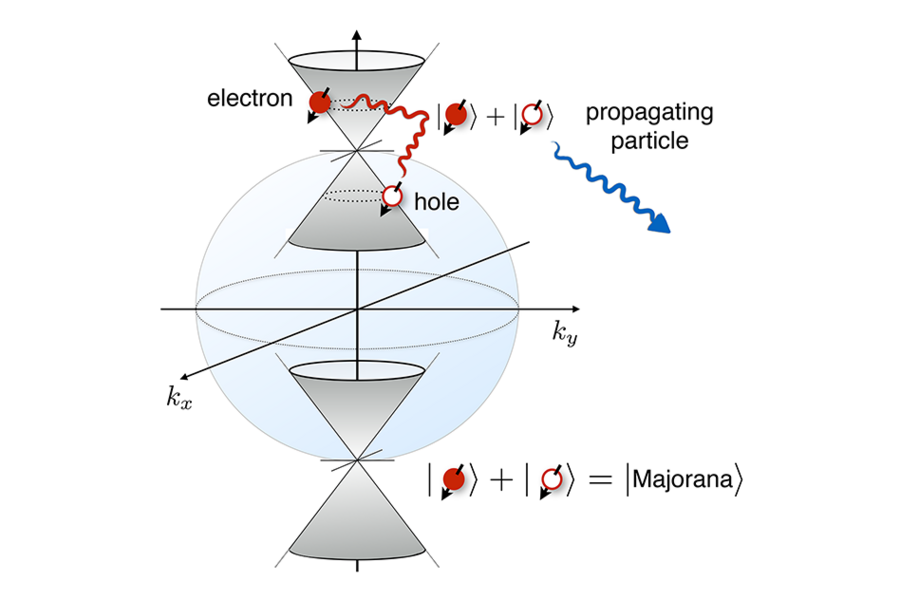Understanding Majorana Fermions in Quantum Systems
Definition: Majorana fermions are enigmatic particles that act as their own antiparticles, distinguished by their neutral charge and the ability to annihilate themselves. Their theoretical existence in quantum systems offers promising avenues for robust quantum computing and advanced cryptographic systems.

Definition and Theoretical Background
Majorana fermions are theoretical particles predicted by the Italian physicist Ettore Majorana in 1937. Unlike traditional fermions that have distinct antiparticle counterparts, Majorana fermions are particles that are their own antiparticles. They are expected to manifest in certain quantum systems, particularly in topological superconductors, under specific conditions.
Properties and Characteristics
The most striking feature of Majorana fermions is their self-annihilating nature, leading to stable quantum states that are highly resistant to environmental noise. This property makes them ideal for quantum computing, as they can store quantum information in a way that is less prone to decoherence.
Majorana fermions are expected to exhibit non-abelian statistics, meaning that when two of these particles are exchanged, the quantum state of the system changes in a way that depends on the order of the exchange. This is fundamentally different from the behavior of conventional fermions and bosons, offering a new mechanism for quantum computation.
Potential Applications
The unique properties of Majorana fermions hold great promise for the development of topological quantum computers. These devices would leverage the non-abelian nature of Majorana fermions to perform quantum operations that are inherently protected from many types of errors, leading to more stable and efficient quantum computing platforms.
Additionally, the study of Majorana fermions could enhance our understanding of the quantum world and lead to new technologies in cryptography, quantum sensors, and materials science.
Current Challenges and Research Directions
Despite the potential, realizing practical systems that harness Majorana fermions faces significant challenges. Creating and maintaining the conditions for their existence, such as extremely low temperatures and precise material properties, is technically demanding. Moreover, unequivocally detecting Majorana fermions remains a hurdle, with ongoing research focused on improving experimental techniques.
Advances in material science, nanotechnology, and experimental physics are crucial for overcoming these challenges. Researchers are exploring various platforms, including nanowires, magnetic topological insulators, and hybrid systems, to stabilize and manipulate Majorana fermions.
The pursuit of Majorana fermions embodies the cutting-edge of quantum physics and engineering. As research progresses, it may pave the way for quantum technologies that were once thought to be the realm of science fiction.
Further Reading
Annual Review of Condensed Matter Physics, Search for Majorana Fermions in Superconductors
Journal of Physics: Conference Series, A Review of Majorana fermions and the laws of form
Physical Review Research, Majorana fermions on the quantum Hall edge
